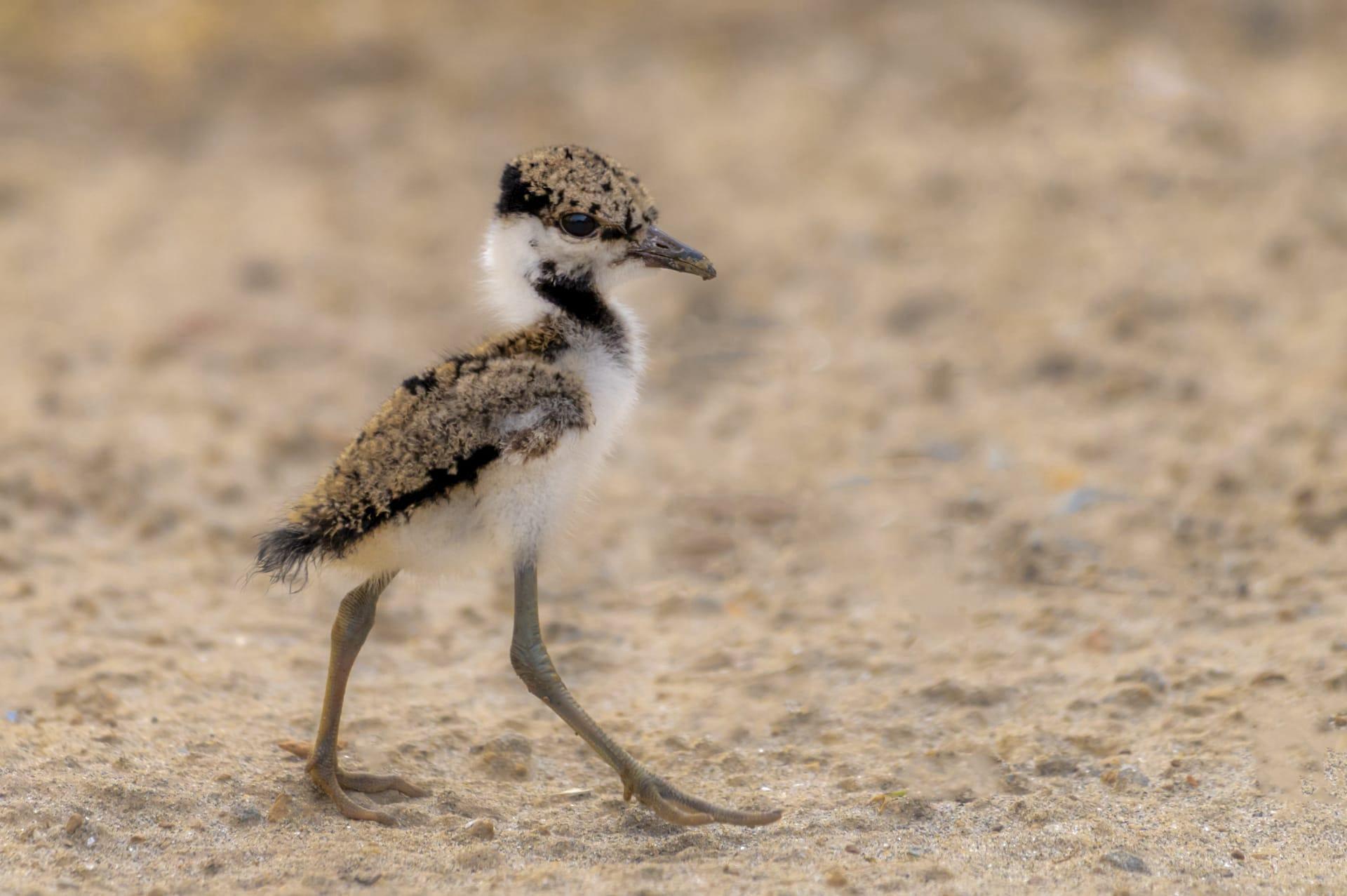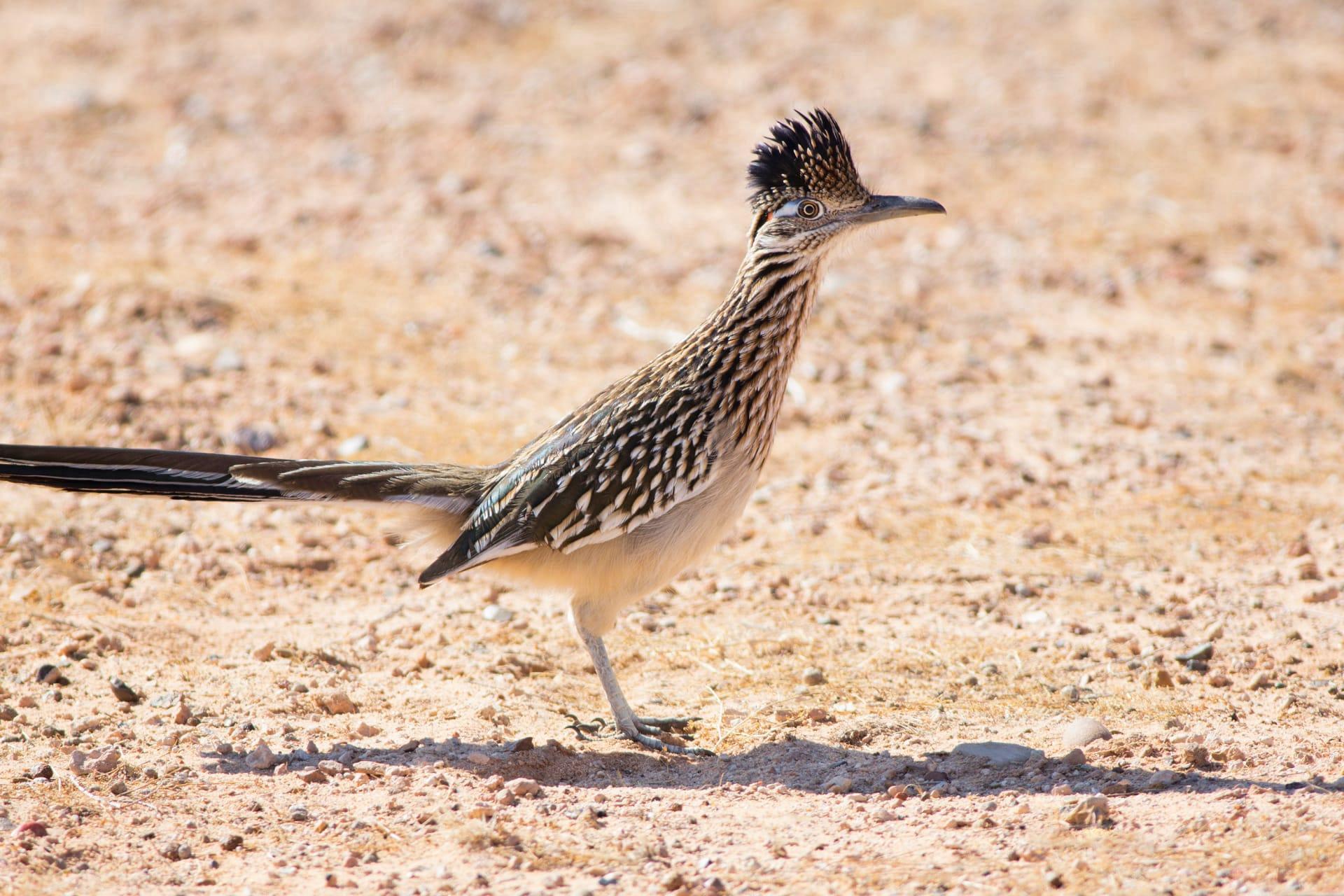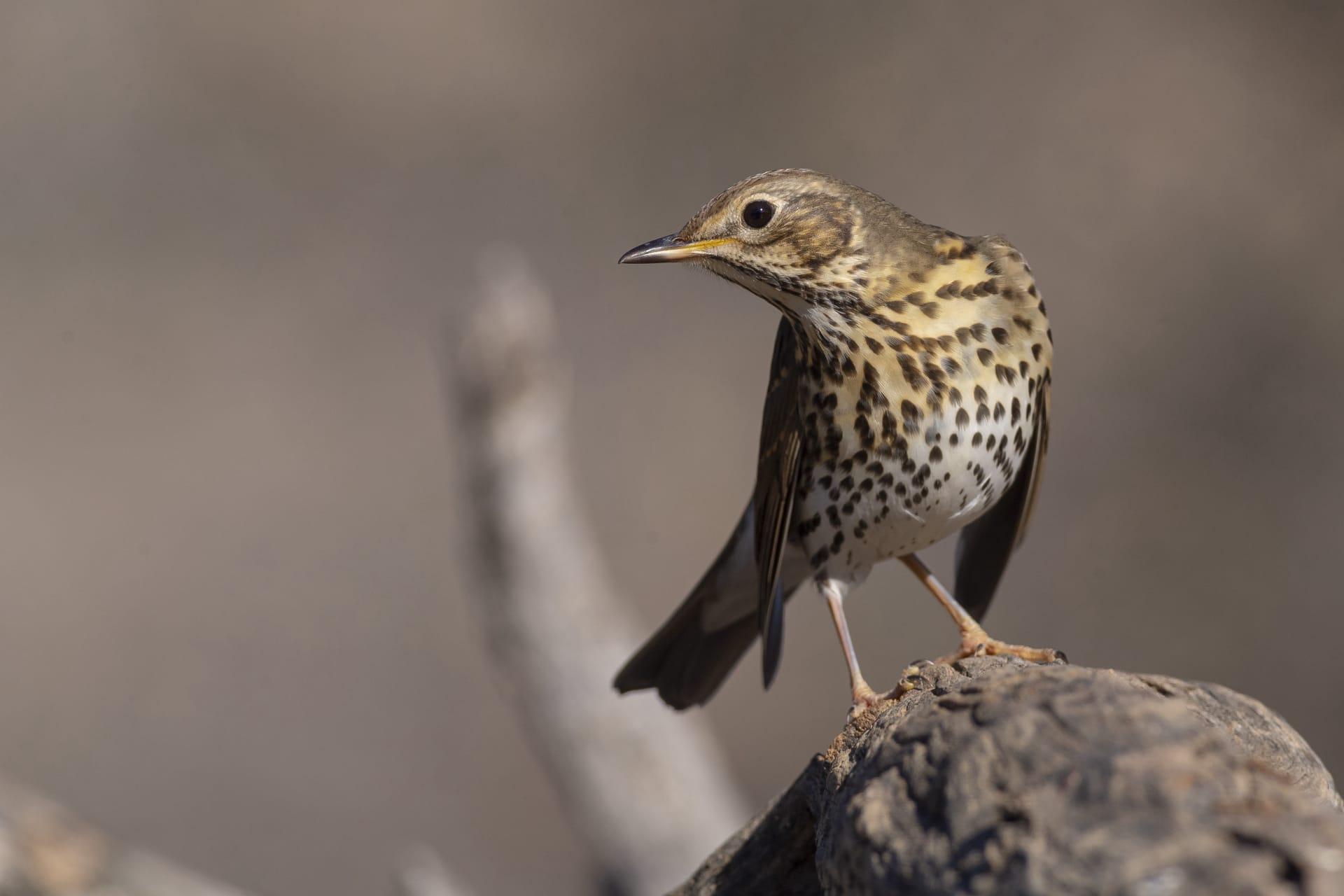Roadrunner Characteristics
- Home /
- Mini Encyclopedia /
- Animal /
- Roadrunner Characteristics
1
The Roadrunner, a fascinating bird native to the deserts of the American Southwest, boasts a unique set of physiological traits. These birds, typically measuring about 22 inches in length with a wingspan of nearly 2 feet, are larger than many might expect. Their lean, sturdy bodies weigh around 300 grams. Lifespan in the wild can vary, but roadrunners generally live up to 7-8 years, though some have been recorded living longer under optimal conditions.
One of the Roadrunner's most distinctive organs is its digestive system, specifically its large intestine. Adapted to arid environments, the roadrunner's intestine efficiently reabsorbs water from its waste before excretion. This remarkable adaptation reduces their need for water – a critical trait in the desert habitats where water is scarce. The efficient water reabsorption also helps them metabolize food more effectively, an essential feature for a bird that often has to cover large distances in search of food.

2
Question: Can roadrunners actually outrun cars, as often depicted in cartoons?
Answer: While roadrunners are indeed fast birds, the depiction of them outrunning cars is a humorous exaggeration. In reality, roadrunners can reach speeds of up to 20 miles per hour on foot. This speed is impressive for a bird and aids them in catching prey and evading predators, but it's certainly not fast enough to outrun a car. The myth likely stems from their name and the popular cartoon, but it's a far stretch from their actual capabilities.

3
Roadrunners are known for their impressive running abilities. They can sprint up to 20 miles per hour, a notable feat for a bird. This speed is primarily used for catching prey and escaping predators. Their long legs provide the necessary leverage for rapid acceleration and sudden turns. This agility is crucial in the open desert, where cover is sparse.
In terms of hunting, roadrunners are opportunistic and versatile predators. They primarily feed on insects, small mammals, reptiles, and other birds. A remarkable aspect of their hunting behavior is their ability to kill and eat rattlesnakes. They approach the snake swiftly, dodge its strikes, and then peck it to death. The roadrunner's quick reflexes and agility make it one of the few predators that can take on a rattlesnake and win.

4
Roadrunners are predominantly found in the desert regions of the Southwestern United States and Northern Mexico. These birds are well adapted to arid environments, thriving in open, scrubby habitats where they can forage and nest. They prefer areas with a mix of open ground and cover like bushes, cacti, and rocks, which provide shelter from predators and extreme weather.
The breeding season of roadrunners usually occurs in spring. They are monogamous, with pairs often staying together for multiple seasons. Their nests are built low in bushes or cacti and are constructed by both males and females. Typically, the female lays 3-6 eggs, which are incubated by both parents. The chicks are born altricial (helpless) and rely on their parents for food and protection until they can fend for themselves.

5
Book: "The Roadrunner: The Toughest Bird on Two Legs" by Melissa Mayntz. This engaging book offers an in-depth look into the life of the roadrunner. Published in the United States in the early 2000s, Mayntz explores the bird's unique adaptations to desert life, its hunting strategies, and its role in Native American folklore. The book stands out for its combination of scientific detail and accessible storytelling.
Book: "Desert Nomad: The Journey of a Roadrunner" by Richard Grant. Published in the late 1990s in the UK, Grant's book focuses on the roadrunner's remarkable ability to survive and thrive in the harsh desert environment. He delves into the bird's behavioral patterns, mating rituals, and its symbolic significance in the cultural landscape of the American Southwest. Grant's narrative style weaves facts with personal observations, making it a captivating read.